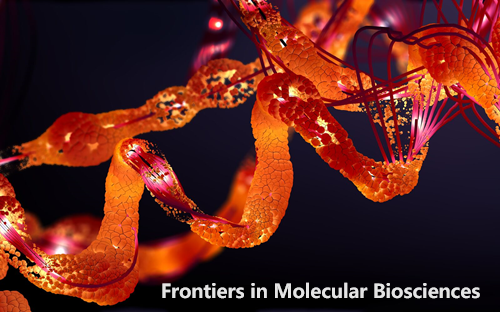Comparative proteomics analysis of the mouse mini-gut organoid: insights into markers of gluten challenge from celiac disease intestinal biopsies
IF 3.9
3区 生物学
Q2 BIOCHEMISTRY & MOLECULAR BIOLOGY
引用次数: 0
Abstract
IntroductionOrganoid models enable three-dimensional representation of cellular systems, providing flexible and accessible research tools, and can highlight key biomolecules. Such models of the intestinal epithelium can provide significant knowledge for the study of celiac disease and provide an additional context for the nature of markers observed from patient biopsy data.MethodsUsing LC–MS/MS, the proteomes of the crypt and enterocyte-like states of a mouse mini-gut organoid model were measured. The data were further compared with published biopsy data by comparing the changes induced by gluten challenge after a gluten-free diet.Results and discussionThese analyses identified 4,850 protein groups and revealed how 400 putative biomarkers of dietary challenge were differentially expressed in the organoid model. In addition to the extensive changes within the differentiated cells, the data reiterated the disruption of the crypt–villus axis after gluten challenge. The mass spectrometry data are available via ProteomeXchange with the identifier PXD025690.小鼠微型肠器官比较蛋白质组学分析:从乳糜泻肠道活检样本中了解麸质挑战的标志物
引言类器官模型能够三维呈现细胞系统,提供灵活易用的研究工具,并能突出关键的生物分子。这种肠上皮细胞模型可以为乳糜泻的研究提供重要的知识,并为从患者活检数据中观察到的标记物的性质提供额外的背景。方法利用 LC-MS/MS,测量了小鼠迷你肠器官模型隐窝和肠细胞样状态的蛋白质组。通过比较无麸质饮食后麸质挑战引起的变化,进一步将这些数据与已发表的活检数据进行比较。结果与讨论这些分析确定了 4850 个蛋白质组,并揭示了 400 个饮食挑战的假定生物标记物在类器官模型中的不同表达。除了分化细胞内的广泛变化外,数据还重申了麸质挑战后隐窝-绒毛轴的破坏。质谱数据可通过蛋白质组交换(ProteomeXchange)获得,标识符为 PXD025690。
本文章由计算机程序翻译,如有差异,请以英文原文为准。
求助全文
约1分钟内获得全文
求助全文
来源期刊

Frontiers in Molecular Biosciences
Biochemistry, Genetics and Molecular Biology-Biochemistry
CiteScore
7.20
自引率
4.00%
发文量
1361
审稿时长
14 weeks
期刊介绍:
Much of contemporary investigation in the life sciences is devoted to the molecular-scale understanding of the relationships between genes and the environment — in particular, dynamic alterations in the levels, modifications, and interactions of cellular effectors, including proteins. Frontiers in Molecular Biosciences offers an international publication platform for basic as well as applied research; we encourage contributions spanning both established and emerging areas of biology. To this end, the journal draws from empirical disciplines such as structural biology, enzymology, biochemistry, and biophysics, capitalizing as well on the technological advancements that have enabled metabolomics and proteomics measurements in massively parallel throughput, and the development of robust and innovative computational biology strategies. We also recognize influences from medicine and technology, welcoming studies in molecular genetics, molecular diagnostics and therapeutics, and nanotechnology.
Our ultimate objective is the comprehensive illustration of the molecular mechanisms regulating proteins, nucleic acids, carbohydrates, lipids, and small metabolites in organisms across all branches of life.
In addition to interesting new findings, techniques, and applications, Frontiers in Molecular Biosciences will consider new testable hypotheses to inspire different perspectives and stimulate scientific dialogue. The integration of in silico, in vitro, and in vivo approaches will benefit endeavors across all domains of the life sciences.
 求助内容:
求助内容: 应助结果提醒方式:
应助结果提醒方式:


